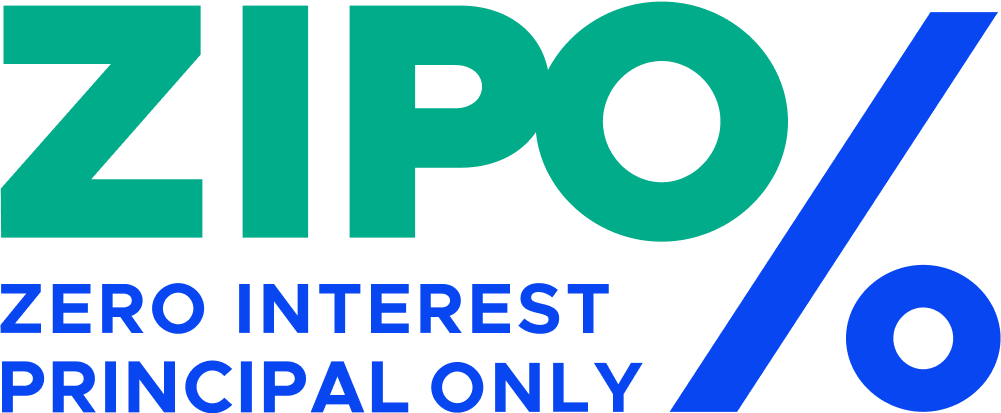NEWS
Parents Are in Student Loan Debt Too
When people think about student debt, they tend to picture a young adult who just finished their degree and is working on building a career. While the majority of borrowers are students, there is a growing number of parents who are also holding significant debt after doing what they could to help pay for their child’s education.
Currently, parents owe almost $100 billion in Parent PLUS Loans. This number doesn’t even include the amounts that parents owe to private lenders. To put this into perspective, it might help to know that student loans are now the second-highest type of consumer debt that people owe, and it is only topped by home mortgages.
As staggering as this news is, borrowers, do have some options for making sure that their debt doesn’t take over their life. Learning about how Parent PLUS Loans work and exploring your options for handling the debt helps you to start improving your financial standing.
What Is a Parent PLUS Loan?
This type of loan is designed specifically for parents who want to help financially support their dependent child’s education. To get a Parent PLUS Loan, the parent must meet the required standards for having good credit during the application process. Parents with adverse credit may still be able to get approved for a loan, but they’ll need to meet additional standards such as obtaining an endorser who has good credit and will promise to pay off the balance if the parent does not.
The current interest rate for a Parent PLUS Loan is 6.28%, and it remains fixed for the entire time that the parent owes on the balance. While this interest rate might seem good to some people, it is the same for everyone. This means that someone with excellent credit might be better off exploring private options that offer a better rate. There is also a loan fee, which is set at 4.228% of the loan amount. This fee is deducted during the disbursements.
Parents are typically required to begin making payments once the loan is fully disbursed. However, you have the option of requesting deferment, which allows you to skip making payments while your child is enrolled in school at least half-time and for the following six months after your child graduates or exits the academic program. Keep in mind that interest continues to accrue during the times when you are not making payments.
What Can Parents Do?
Since we don’t have zero interest loans yet, paying off the balance as fast as possible is in the parent’s best interest. Parents who have the funds available to do so may make bigger payments and designate them to go towards the principal. You can also consider taking these other actions.
Tip #1 – Transfer the Loan to Your Child
Handing the remaining balance over to your child might make sense if they are finished with school and earning a comfortable income from their new career. Transferring the loan is similar to other forms of refinancing. The lender will check your child’s credit history and financial standing to determine if they are a good candidate for paying the rest of the balance off. If everyone agrees, then your child becomes the sole borrower, and you’re no longer obligated to make payments.
Tip #2 – Refinance With a Private Lender
If you prefer not to hand off the balance to your child, then you can refinance with a private lender yourself. You’ll need to have a stable income and a low debt-to-income ratio to make this option work. But, lowering your interest rate will lead to smaller payments, which might be easier to handle if you are trying to reduce your expenses.
Many parents took out educational loans during a time in their life when they might have felt like they could easily pay it off. Now, many of these parents are facing new financial challenges such as rising health care costs and retirement that make being saddled with debt even more of a burden. Working together to make zero-interest loans happen helps more people than just students. Making it easier to pay off high balances allows older adults to also begin to free up funds that they can use to care for themselves and their families as they enter their retirement years.
